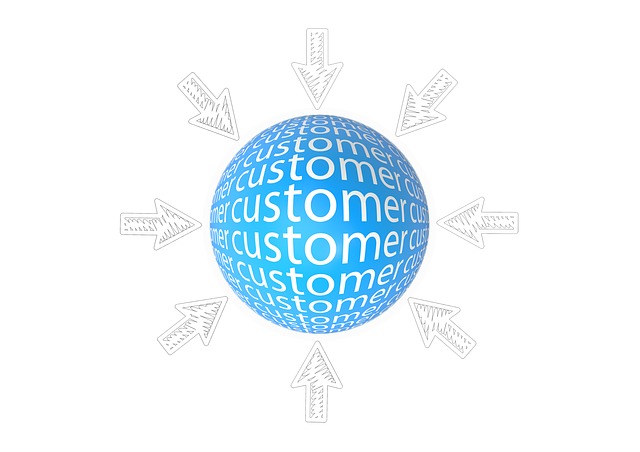Customer relationship has been in place since time immemorial. Even before the advent of technology, business owners use to take utmost care of their customers on all possible fronts and to the best of their abilities. Since, they had a limited clientele, whether a store in your neighborhood or a restaurant which you frequented, knew exactly what your preferences were. How did they manage this? By asking personalized questions and having a one-to-one conversation with their customers. This is how they managed their customers and they did it pretty well, as most of them were repeat customers.
The Beginning
About 70 years back, in the 1950s, as businesses grew, memory gave way to Pen, Paper and Pad for collecting, tracking and storing relevant customer information.
Database Marketing
In the early and late 1980s, Database Marketing took center stage, which allowed the organizations to compile customer data and analyze information to develop customized communication for retaining and attracting customers.
In the later part of the decade, PCs took the market by storm which enabled the companies to organize customer data and provide insight into their behavior.
Sales Force Automation
In the early ‘90s, customer relationship management gained credence and a boom in the software development market introduced Sales Force Automation for organizations, which improved the sales processes and increased the efficiency.
Customer Relationship Management
And finally, in the year 1995, the term CRM came into being. In the late ‘90s, CRM kept evolving and the first CRM system was developed and also, for the first time, Software-as-a-Service or SaaS product was introduced in the CRM industry.
Now and a peak into the future
In the last decade and a half, CRM has become the mainstay of many businesses and several industries, integrating processes through a single platform. CRM, with its ability to personalize communication has taken relationship with the customers to the next level. Cloud based CRM software is developed, mobile CRM improves and social CRM gains popularity giving customer relationship management an interesting spin. The core innovations during the period include- development of Cloud based CRM software, improvement in the mobile CRM and addition of social CRM.
Companies have now started to understand the value and importance of an optimized CRM system. Gartner predicts that the CRM industry by 2017 will reach $36.5 billion, a compound annual growth rate (CGAR) of 15.1% during the last five years. According to Gartner, Cloud service market worldwide is projected to grow at around 17% in 2016 to a total of $208 billion, up from $178 billion, with software as a Service or SaaS growing at 21.7% in 2016 to $38.9 billion.
The future of CRM hold lots of promises as Cloud, IOT (Internet of Things), Big Data and Machine learning will propel customer satisfaction to even greater heights, driving the growth story of each organization.
As organizations shift their approach from transactional to customer centric, a Cloud based CRM system like eZnetCRM becomes the need of the hour. Fast track your company’s growth with eZnetCRM.
→', 'twentytwelve' ) ); ?>

